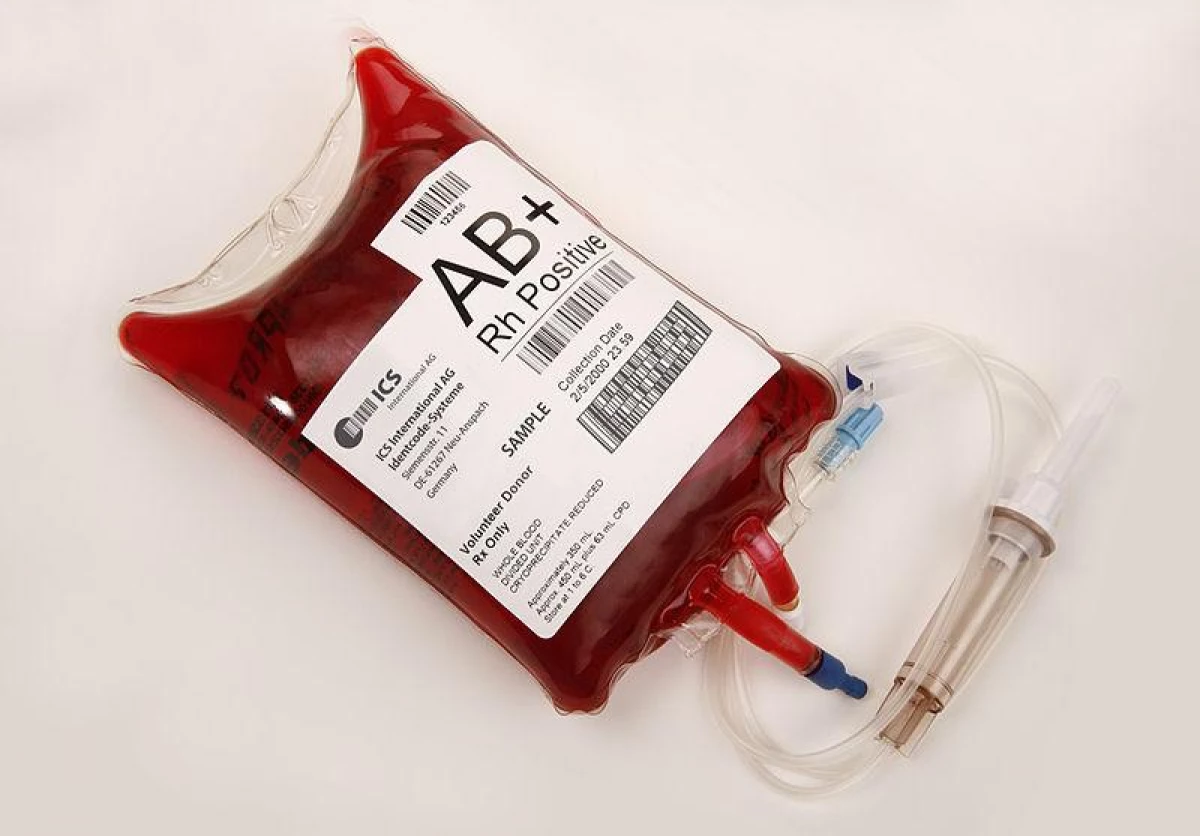
The international team of physicians conducted a number of studies of predisposition to cardiological diseases. It turned out, people with a certain group of blood have large risks of a heart attack.
Cardiovascular diseases occupy one of the leading places among the causes of hospitalization and fatal outcomes around the world. The deterioration of health status leads both bad habits and lifestyles and ecology, stress, as well as a number of other facts. There are in the list of causes of cardiological ailments and genetic related blood groups. Such a conclusion was made by experts from the team of researchers submitted by the staff of various European research institutes of medicine.
In the course of study, experts analyzed the history of diseases about 400 thousand patients. The experiment involved people of various age segments of both sexes. According to the results of work, they argue that people with the first blood group are least exposed to a heart attack. They have critical states of the cardiosystems, are less rated by 8 percent compared to the owners of other groups. However, the list with the presence of heart failure of such patients was the most.
Persons with the third and second blood group more often suffer from deep vein thrombus. They are leading in the risk group of progressive thrombosis in the arteries of the lungs. At the same time, blood clots rise on blood flow from the legs, where they formed, up to the respiratory system. In case of deviation, they are quite capable of blocking blood flow in the heart. The second and third groups are also distinguished by 3 percent with respect to the first danger of increasing blood pressure.
Data received by doctors will help develop the best techniques for the prevention and treatment of heart disease and blood vessels. The results will use and for a better understanding of the process of formation of thromboms. Additional observations will give a more detailed picture to determine the degrees of risk and the development of drugs and methods of treatment, taking into account the characteristics of genetics.
